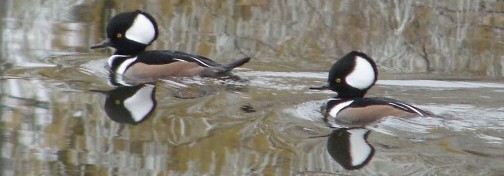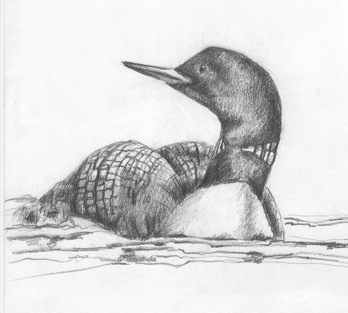 The Great Backyard Bird Count is an annual four-day event that engages bird watchers of all ages in counting birds to create a real-time snapshot of where the birds are across the continent. Anyone can participate, from beginning bird watchers to experts. It takes as little as 15 minutes on one day, or you can count for as long as you like each day of the event. It’s free, fun, and easy—and it helps the birds.
The Great Backyard Bird Count is an annual four-day event that engages bird watchers of all ages in counting birds to create a real-time snapshot of where the birds are across the continent. Anyone can participate, from beginning bird watchers to experts. It takes as little as 15 minutes on one day, or you can count for as long as you like each day of the event. It’s free, fun, and easy—and it helps the birds.
Participants count birds anywhere for as little or as long as they wish during the four-day period. They tally the highest number of birds of each species seen together at any one time. To report their counts, they fill out an online checklist at the Great Backyard Bird Count website.
Why Count Birds?
Scientists and bird enthusiasts can learn a lot by knowing where the birds are. Bird populations are dynamic; they are constantly in flux. No single scientist or team of scientists could hope to document the complex distribution and movements of so many species in such a short time.
Your counts can help us answer many questions:
- How will this winter’s snow and cold temperatures influence bird populations?
- Where are winter finches and other “irruptive” species that appear in large numbers during some years but not others?
- How will the timing of birds’ migrations compare with past years?
- How are bird diseases, such as West Nile virus, affecting birds in different regions?
- What kinds of differences in bird diversity are apparent in cities versus suburban, rural, and natural areas?
- Are any birds undergoing worrisome declines that point to the need for conservation attention?

We need your help. Make sure the birds from your community are well represented in the count. It doesn’t matter whether you report the 5 species coming to your backyard feeder or the 75 species you see during a day’s outing to a wildlife refuge.
It’s as easy as 1, 2, 3!
1. Plan to count birds for at least 15 minutes on one or more days of the count. You can count for longer than that if you wish! Count birds in as many places and on as many days as you like—one day, two days, or all four days. Submit a separate checklist for each new day. You can also submit more than one checklist per day if you count in other locations on that day.
2. Count the greatest number of individuals of each species that you see together at any one time.
3. When you’re finished, enter your results at . http://www.birdsource.org/gbbc/
You’ll see a button marked “Enter Your Checklists!” at the top of the page on the website home page beginning on the first day of the count. It will remain active until the deadline for data submission on March 1st
 Everyone is invited to join the Richmond Hill Naturalists for an evening of great nature tales by renowned story teller Allan Foster. Allan was a frequent guest on CBC’s Fresh Air program and has appeared many times on Roger’s Daytime. A long-time manager of the Kortright Centre, Allan recently retired to travel and make time to write a book of the nature stories that he’s been telling for years! Please visit this web site to preview the book.
Everyone is invited to join the Richmond Hill Naturalists for an evening of great nature tales by renowned story teller Allan Foster. Allan was a frequent guest on CBC’s Fresh Air program and has appeared many times on Roger’s Daytime. A long-time manager of the Kortright Centre, Allan recently retired to travel and make time to write a book of the nature stories that he’s been telling for years! Please visit this web site to preview the book. The Great Backyard Bird Count is an annual four-day event that engages bird watchers of all ages in counting birds to create a real-time snapshot of where the birds are across the continent. Anyone can participate, from beginning bird watchers to experts. It takes as little as 15 minutes on one day, or you can count for as long as you like each day of the event. It’s free, fun, and easy—and it helps the birds.
The Great Backyard Bird Count is an annual four-day event that engages bird watchers of all ages in counting birds to create a real-time snapshot of where the birds are across the continent. Anyone can participate, from beginning bird watchers to experts. It takes as little as 15 minutes on one day, or you can count for as long as you like each day of the event. It’s free, fun, and easy—and it helps the birds.